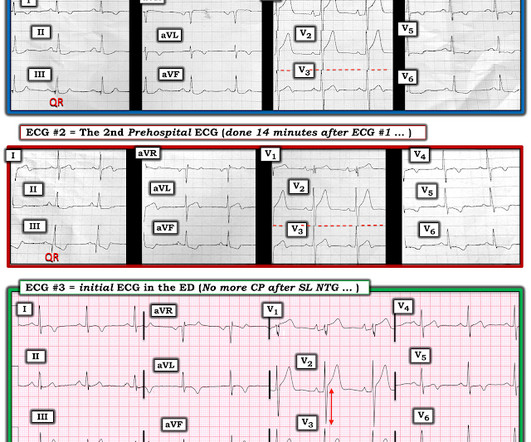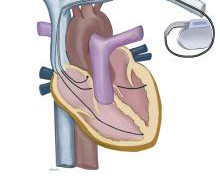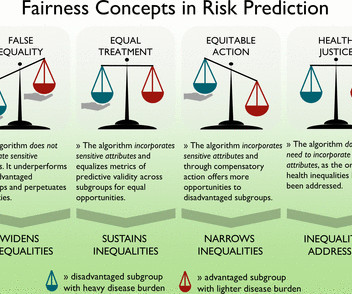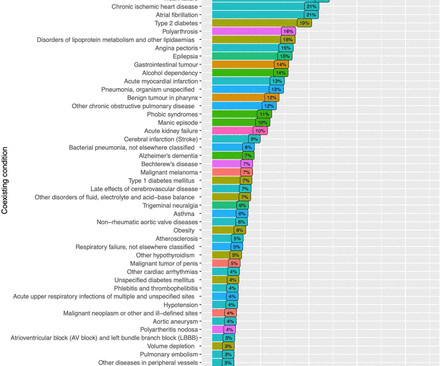How important are old ECGs in Non-obvious cases of potential OMI?
Dr. Smith's ECG Blog
NOVEMBER 14, 2023
In the last post, we saw how important old ECGs are in assessing the current ECG in a patient without atypical presentation (in this previous case, the patient had no chest pain, and the apparent inferior OMI did not have reciprocal ST depression in lead aVL). Here is that last post: A 90-something with acute stroke. She has no chest symptoms. What is the diagnosis?
























Let's personalize your content